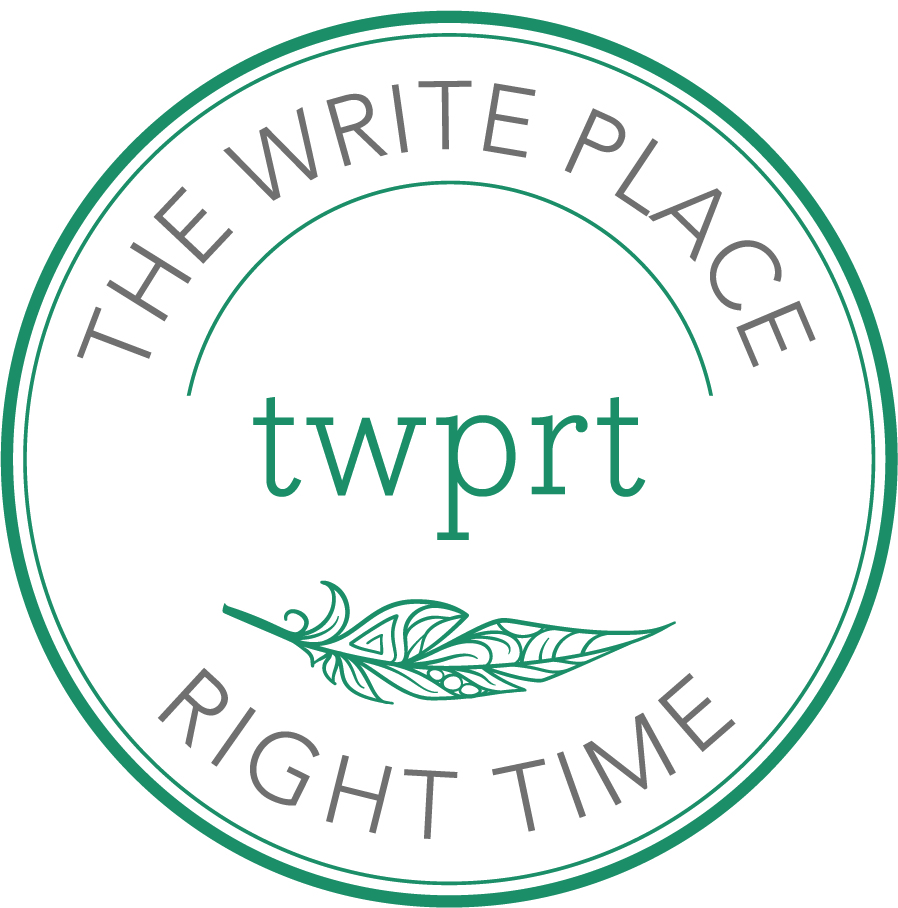How to and What to Write to Engage Your Audience

It’s important for businesses to engage with their audience or potential clientele. In an article on contractingbusiness.com they posit that “connected customers tend to become repeat customers, and repeat customers are vital to business success.” We can create this connection through our words which is pretty much what makes up all of our content in the marketing space.
Most often the first aspect of a business a potential customer sees is our business’ website, blog, or social media. This is the digital age after all. Your content is a way to have people take the next step. It shows them who you are, what you offer, and why they should care both about you and your service. The goal, of course, is to get them to convert to a customer, not just someone hanging out enjoying your content.
Types of Content to Engage Your Audience
Website
Your website is your hub. It contains everything a potential client wants to know. A website should highlight your qualities and show what you have to offer. A website gives you a platform to showcase your motivations, experience, and expertise. A website serves the purpose of creating exposure and creating accessibility for your audience to commission your services or explore your realm of work. It’s your voice on your website and you need to be memorable to form connections with your website’s traffic.
Laura M. Foley, a presentation coach, gives the advice in a post on her website that “Expressing emotions and excitement at times that make sense for the presentation are ways that we as speakers can forge a strong connection with the people who have come out to hear us speak.” This same principle should be present in your website and in your writing. You need to make your audience care about you and your business.
Business Blog
One way to impress and intrigue an audience while building your credibility is to write or run a blog. What a blog does for you create a space to flex your knowledge and experience. You can write a post about your experience and demonstrate your credibility. A blog serves a similar purpose to publishing a book. Both use your story and expertise to better create credibility with your audience.
Writing a blog is about motivating your audience to learn from you. Henneke Duistermaat wrote an article on Copyblogger.com about using a blog to better engage an audience and gave the advice that “Your blog is not about your successes, but about your reader’s journeys.” One of the greatest abilities of a writer is to understand their audience and the motivations behind their readers. Writing content for a blog requires the ability to take a new perspective and a deep understanding of your audience. A content writer or ghostwriter can help hone in on what your ideal audience member is and create content targeted towards that demographic. A blog is a great way to start forming meaningful connections.

Social Media
Outside of your website social media plays a big role in engagement and awareness of your brand. In a post on Timetrade.com Tim O’Brien states that “social media allows companies of any size to reach potential customers wherever they can be found.” Social media gives a platform for any brand, business, or person to extend out their message and image into the world. While social media is a great asset and space to build and grow a following. A successful social media page will both engage an audience and encourage enthusiasm and spread awareness.
Social media—unlike a blog—gives a direct way to interact with your audience and immediately. Megan Wenzi wrote in an article on SocialBakers.com “A fast response matters to customers—it shows that you care about them and what they have to say.” Social media presents a place for open conversations and discussion about your brand and your mission. If someone has questions responding will show them and the larger community of your commitment to your customers. Building a strong social media presence will bring with it valuable endorsements and lasting connections.
How to Write to Engage
Understand Your Audience
Learning to write in an engaging way can be difficult. What is engaging is also often vague and subjective. That’s why having an understanding of your audience impacts so heavily your writing. First, knowing what people want to see is a way to help you write more engaging content for them. Still, your delivery of the material can’t be bland or people won’t be able to make their way through your posts.
Use Story
An easy way to create engagement is with story. Story is the single most powerful tool in writing. A blend of story and empirical evidence is the greatest way to influence and educate through writing. In the 1960s the usage of story in journalism was so popular it revolutionized the entire field. When we resonate with a story it sticks in our memory. Stories offer people new perspectives and relatable experiences that create transformative and satisfying content. Your experiences and the lessons you have to teach are more engaging than any other form of content.
Get to the Point
Catie Holdridge Said in a post on Writing-Skills.com that “Engaging writing has to engage from the start.” A great tip for any writer is to get to the action or the point. In writing, you don’t want to meander. Being concise and writing tight will improve writing tenfold. A story should begin with important details or action and focus only on what’s relevant.
When telling a story you should never use the phrase “To make a long story short...” No story should ever feel long. It should use actions and detail to create strong ideas and images that keep a reader or listener captivated and engaged. A story culminates an idea or narrative and every word you use should contribute to the story in a meaningful way that builds to a logical and satisfying pay-off.
The Moth, an institution which promotes the craft of oral storytelling gives the advice on their website that “You are driving the story, and must know the final destination.” While The Moth focuses on oral storytelling this idea holds true in written stories as well. If the beginning and middle bring only the most powerful and relevant details into the story the ending should exist to give pay-off to those ideas. The conclusion is your way of wrapping up. It’s the point in the story where you show why every detail was important to the message and leave readers feeling satisfied.
Your content should engage your audience. Finding and managing content to engage with your audience is a difficult and time-consuming task. It requires being active with your audience and using your own stories and experience to relate with the people reading your content. As a professional working with a content writer and creating a strategy to engage your audience is one way to take the next step towards a more fruitful and engaged audience.
The Write Place Right Time’s blog is filled with information on how you can start your journey towards providing the perfect content for your audience. The blog is loaded with advice for people wanting to learn more about the importance of writing for their business. If you’d prefer to speak with a professional writer instead about your content you can do that here.

